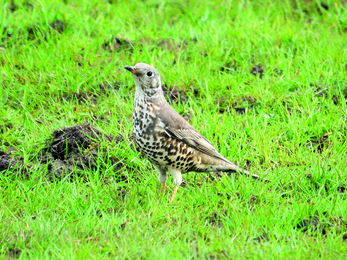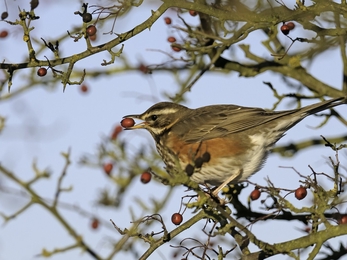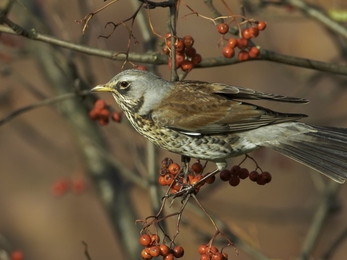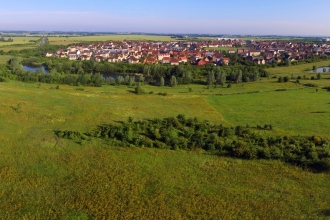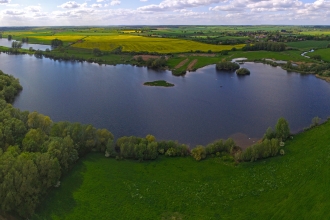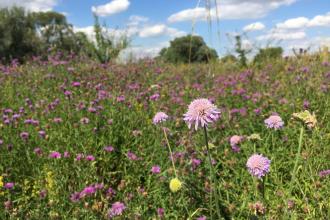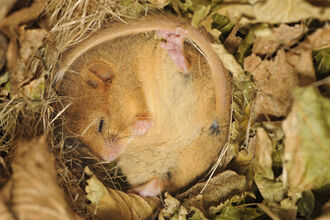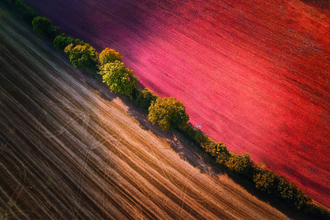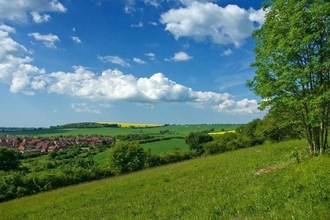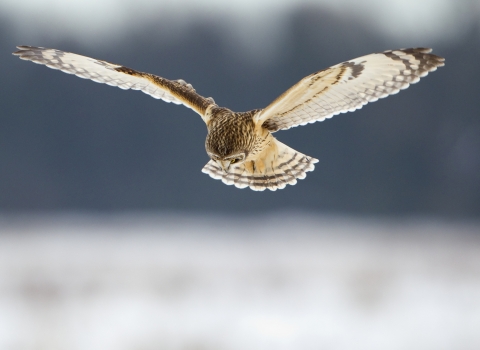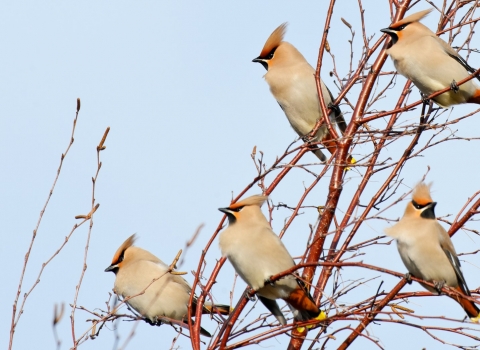Around 1.4 million redwings and fieldfares visit Britain each year from Scandinavia and farther east. Blackbirds, song thrushes and mistle thrushes are with us all year, but your spring blackbird family may head south and west for winter before returning. It may be replaced in your winter garden by Fennoscandian relatives.
Top tips - Spot the difference
Blackbirds and ring ouzels
Blackbirds are either entirely black (male), with a black or yellow beak or dark brown (female), sometimes with a bit of pale speckling on the throat. Small numbers of the much rarer ring ouzel pass through in migration. They are slightly bigger than blackbirds with a silvery sheen to the wings and a large and distinctive pale chest crescent. Even on females this is much more obvious than on any blackbird. Ring ouzels head to the hills to breed.





